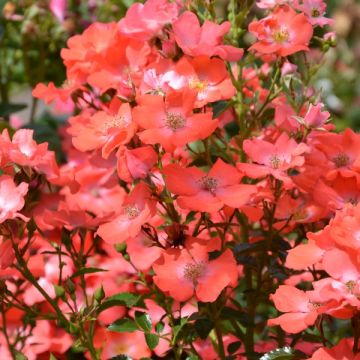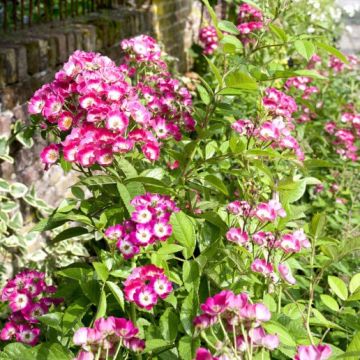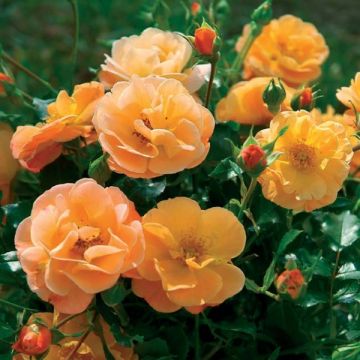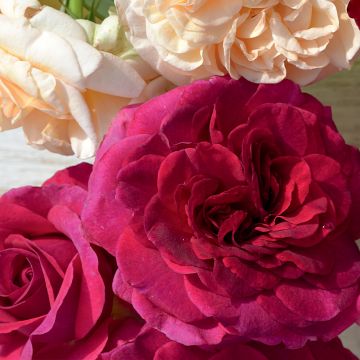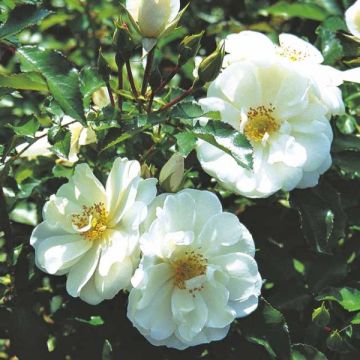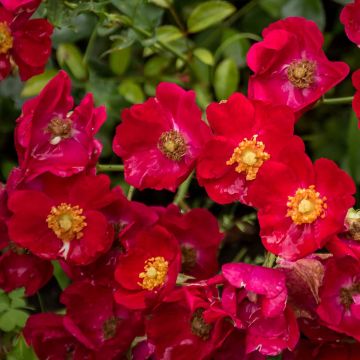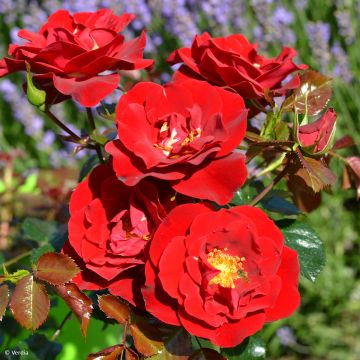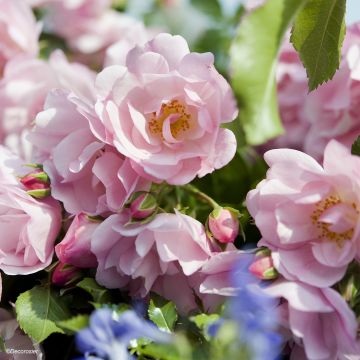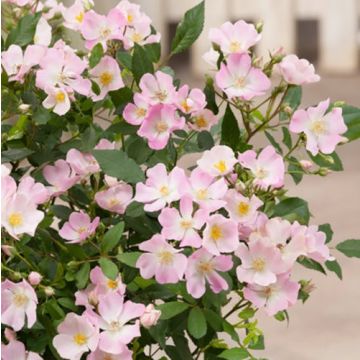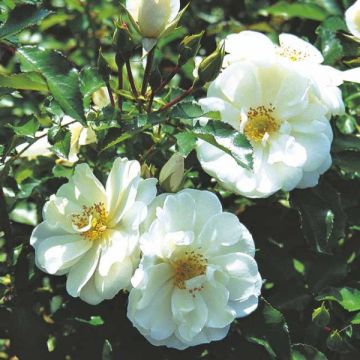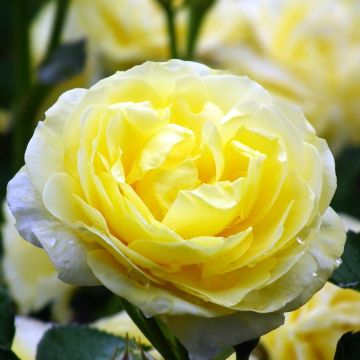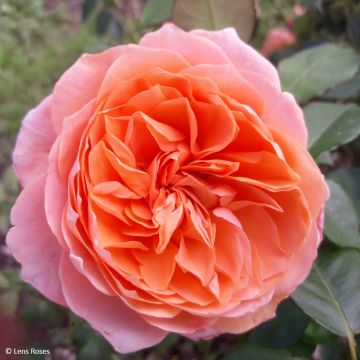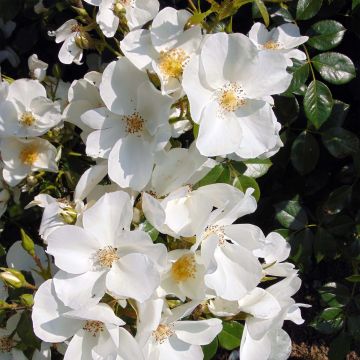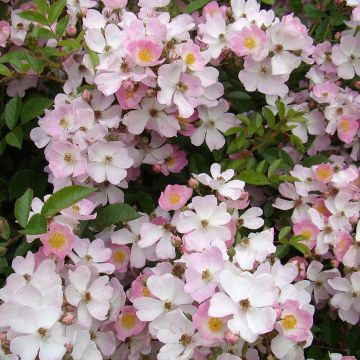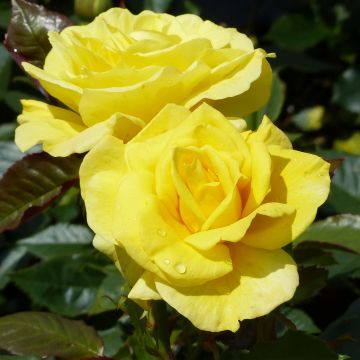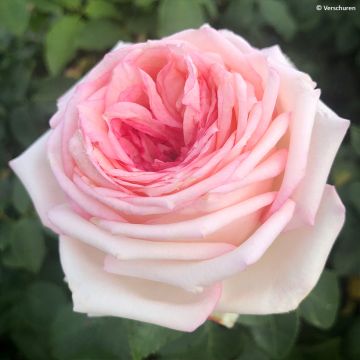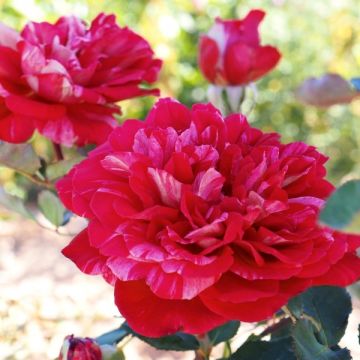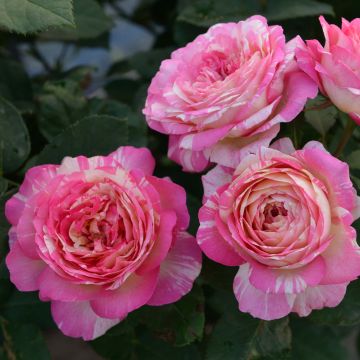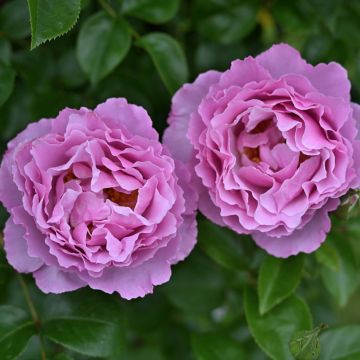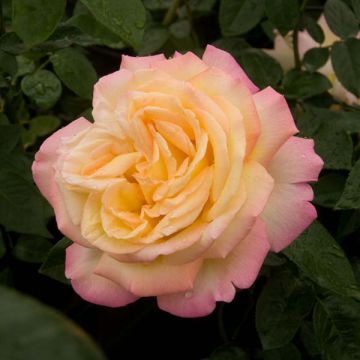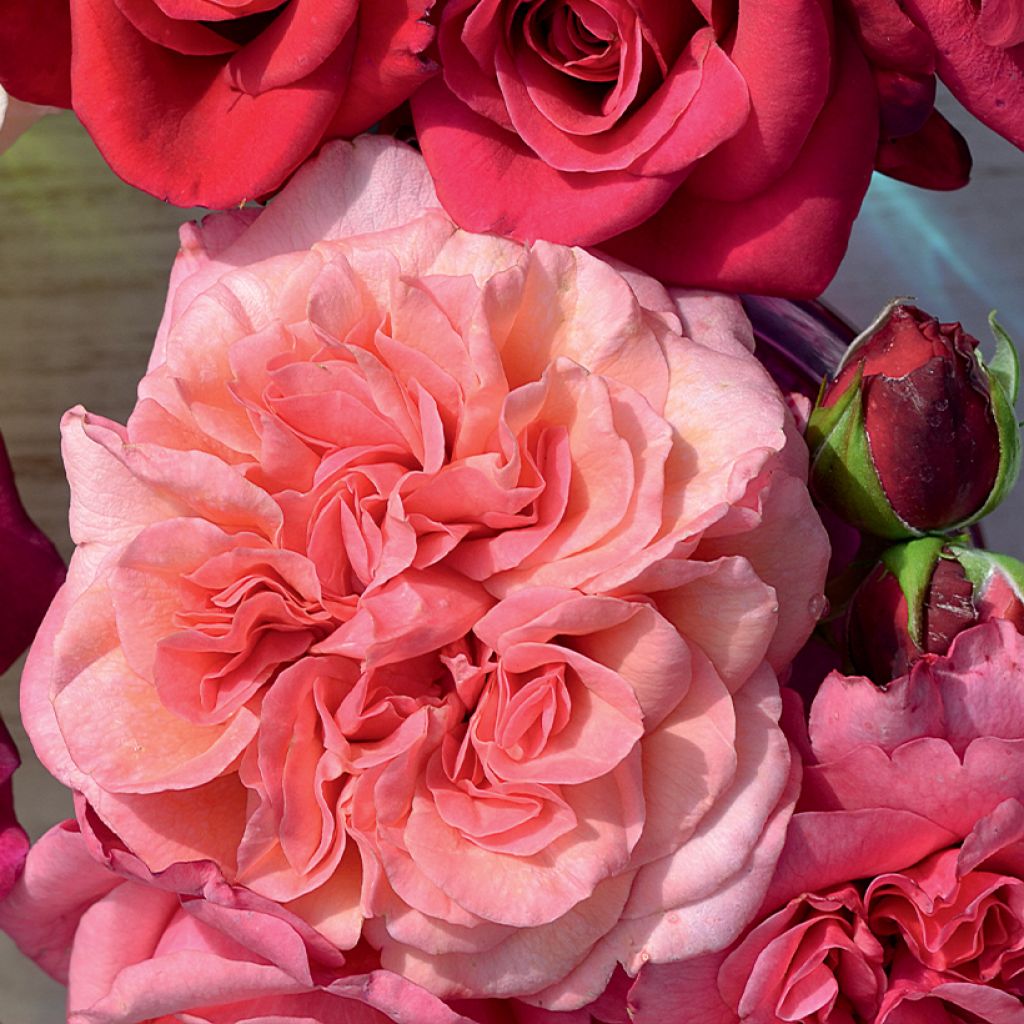

Rosa Décorosiers 'Pink Voluptia' - Shrub Rose
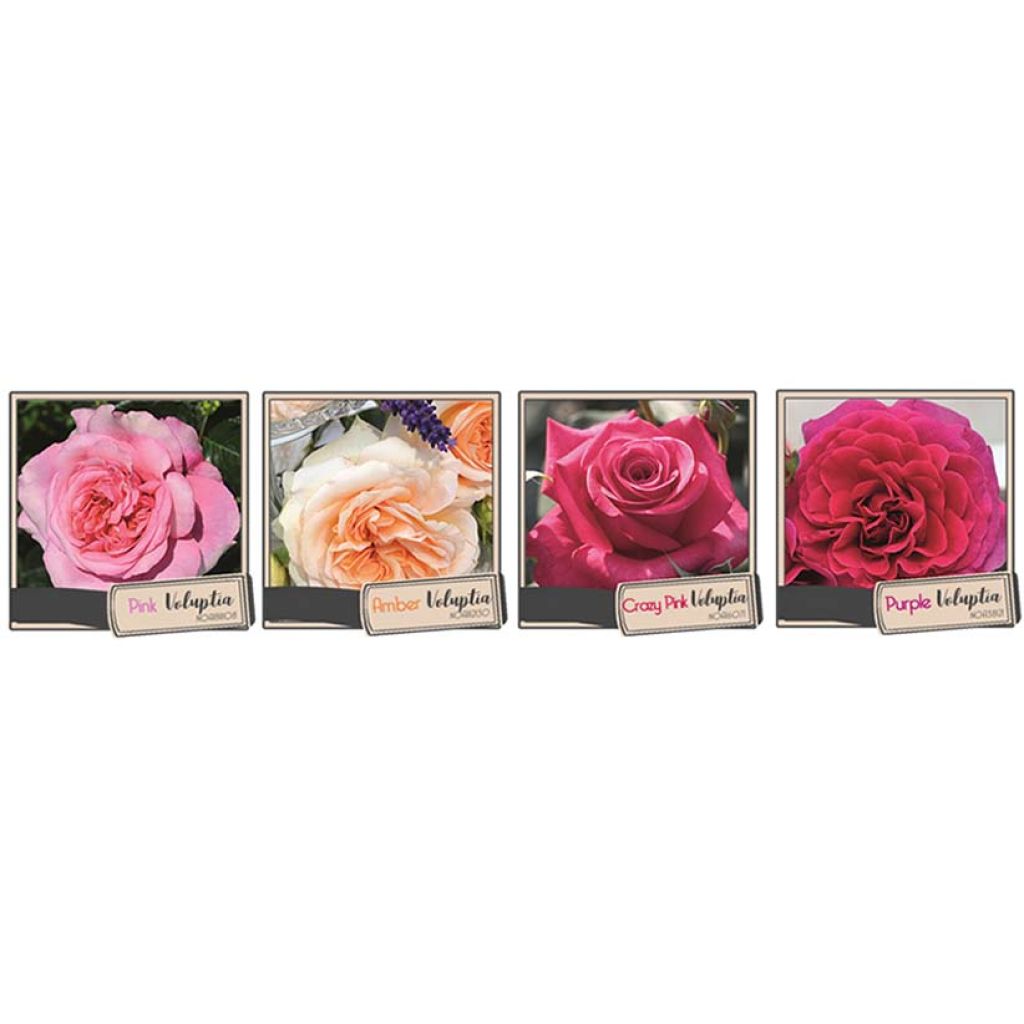

Rosa Décorosiers 'Pink Voluptia' - Shrub Rose
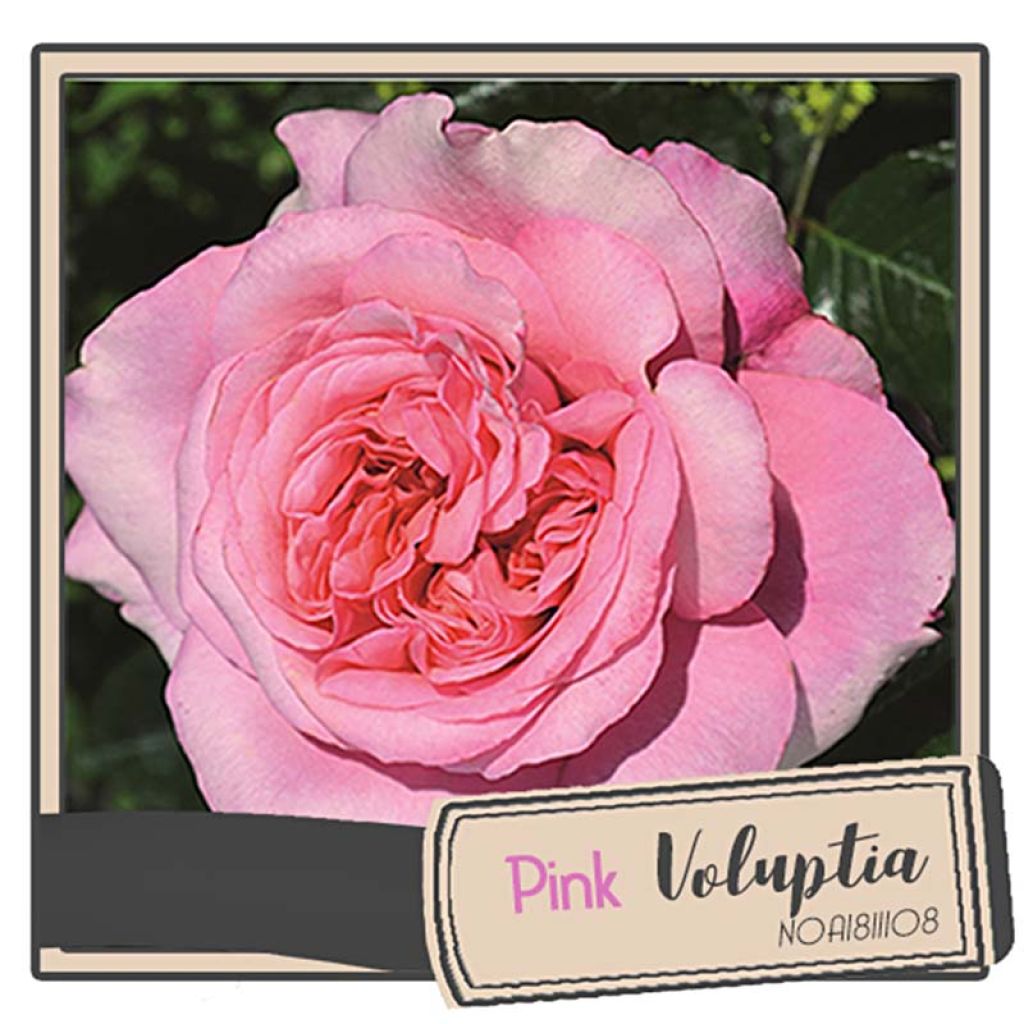

Rosa Décorosiers 'Pink Voluptia' - Shrub Rose
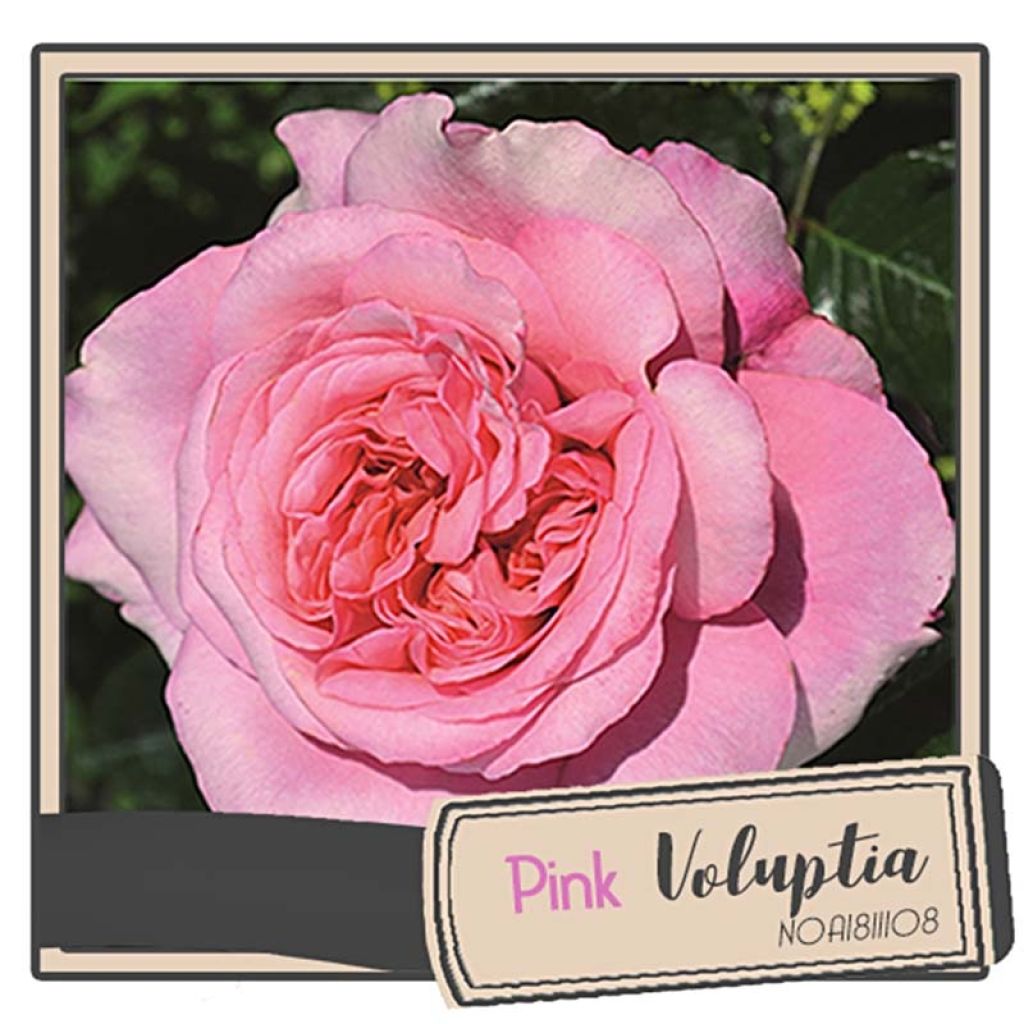

Rosa Décorosiers 'Pink Voluptia' - Shrub Rose
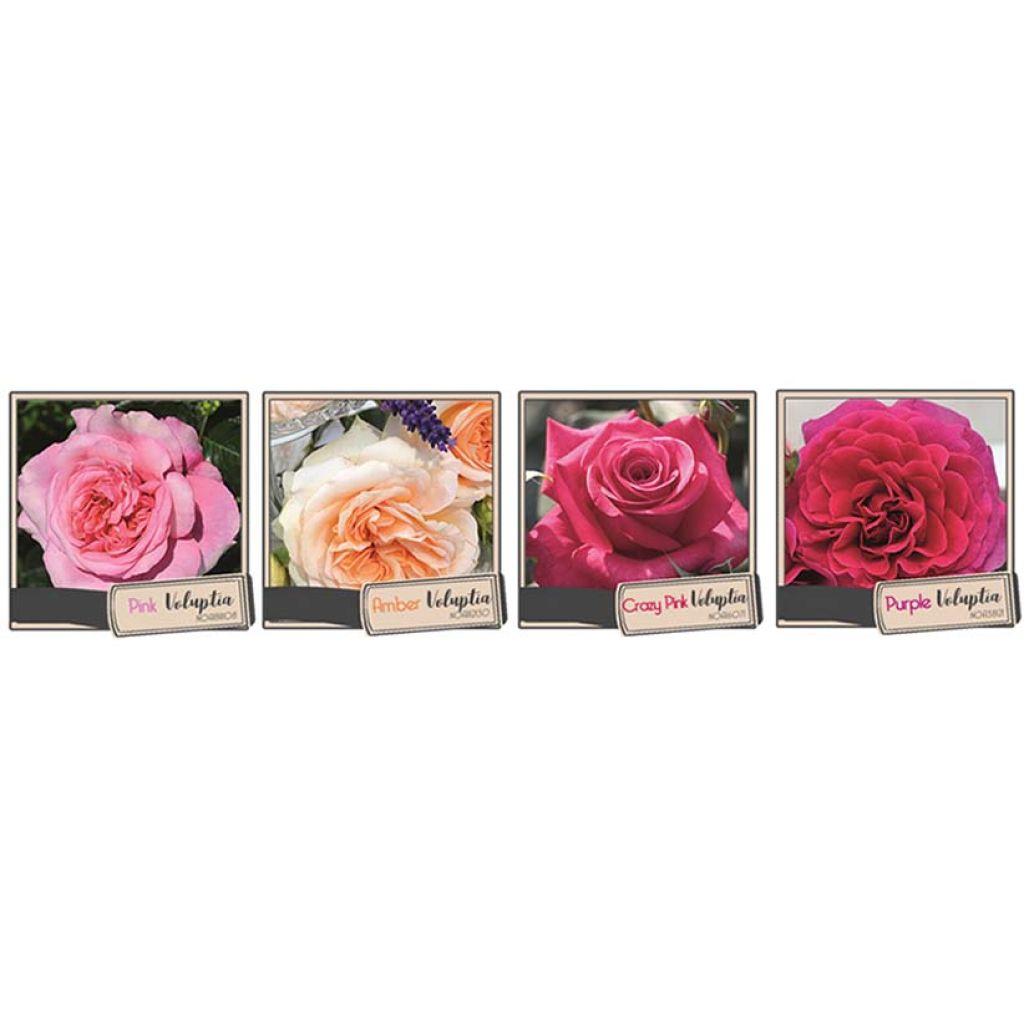

Rosa Décorosiers 'Pink Voluptia' - Shrub Rose
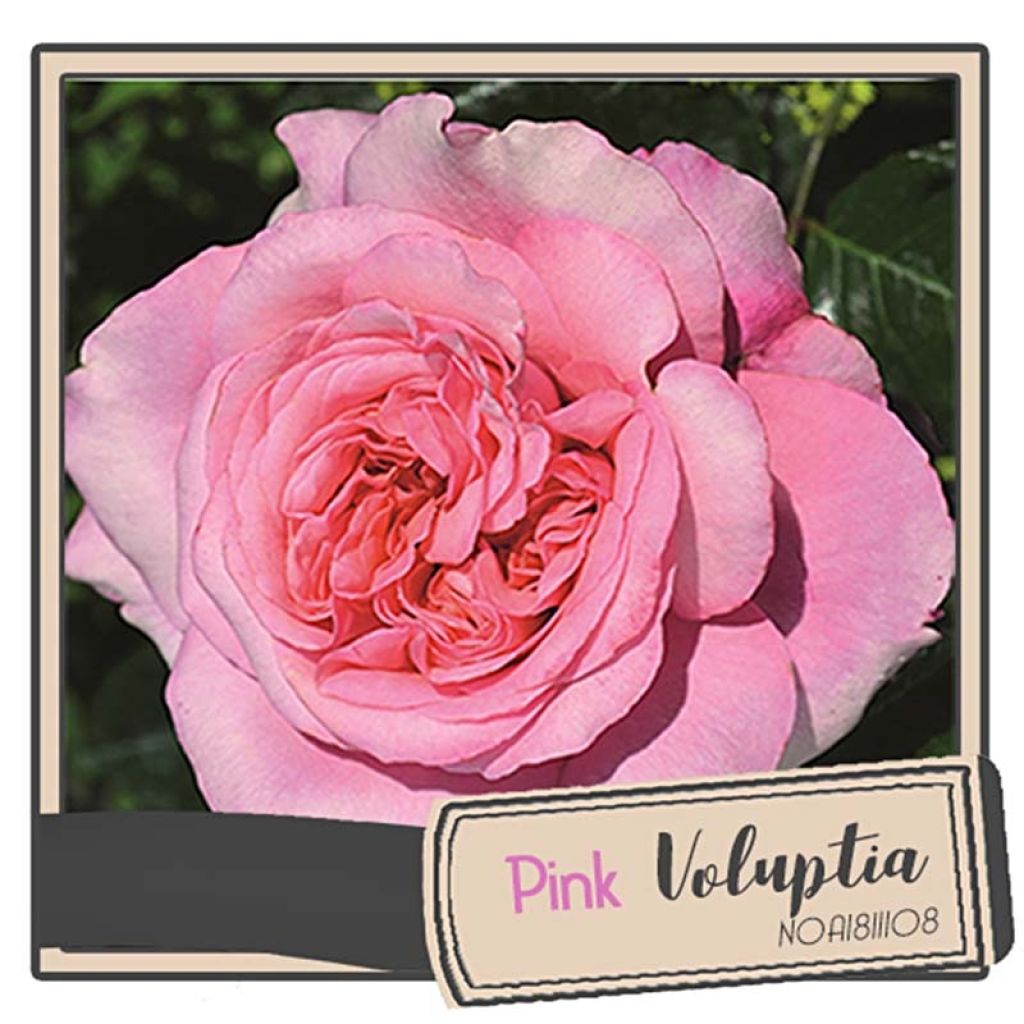

Rosa Décorosiers 'Pink Voluptia' - Shrub Rose
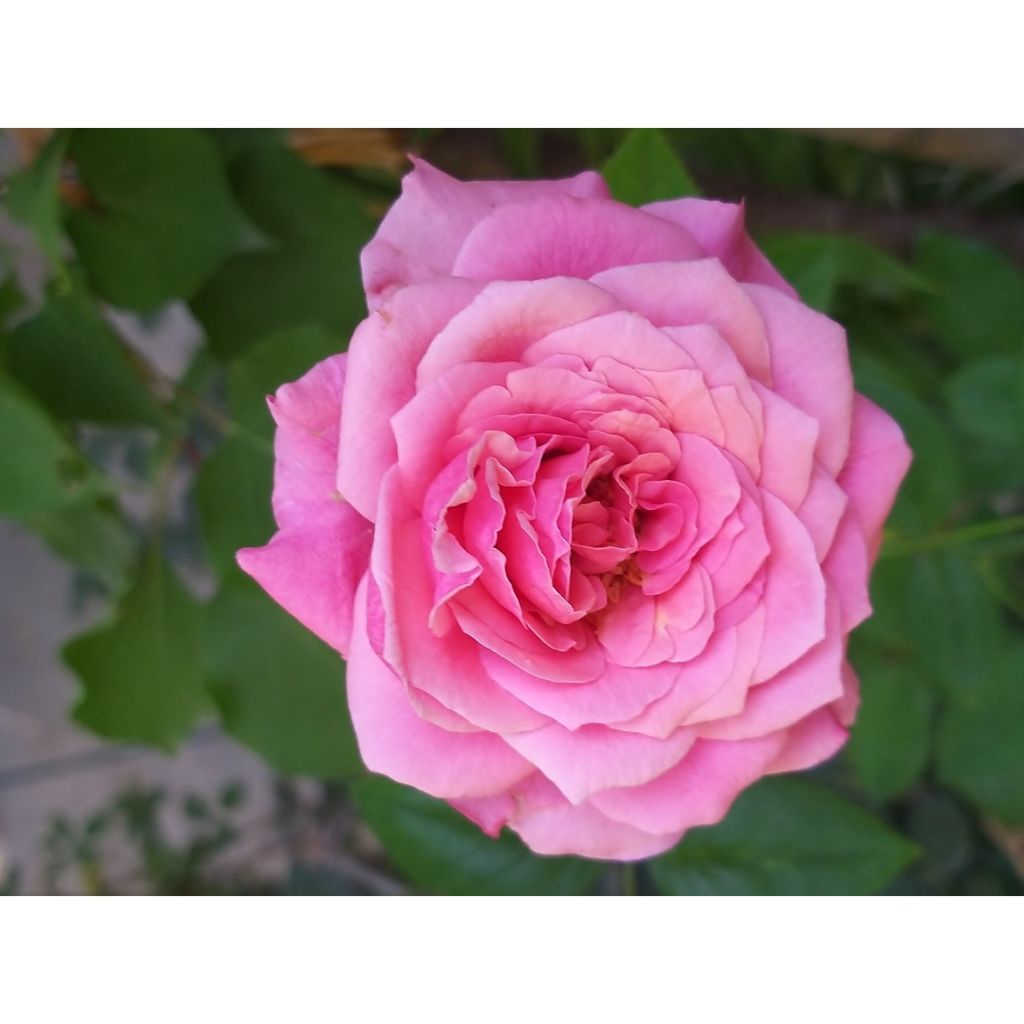

Rosa Décorosiers 'Pink Voluptia' - Shrub Rose
Rosa Décorosiers 'Pink Voluptia' - Shrub Rose
Rosa Décorosiers® Pink Voluptia® noa 1811108
Noa1811108
This item cannot be shipped to the selected country
Delivery charge from €5.90
Delivery charge from €5.90
Delivery charge from €5.90
Delivery to Corse prohibited
More information
Schedule delivery date,
and select date in basket
This plant carries a 24 months recovery warranty
More information
We guarantee the quality of our plants for a full growing cycle, and will replace at our expense any plant that fails to recover under normal climatic and planting conditions.
From €5.90 for pickup delivery and €6.90 for home delivery
Express home delivery from €8.90.
From €5.90 for pickup delivery and €6.90 for home delivery
Express home delivery from €8.90.
From €5.90 for pickup delivery and €6.90 for home delivery
Express home delivery from €8.90.
Delivery to Corse prohibited: UE law prohibits the import of this plant from mainland France to Corse as part of the fight against Xylella fastidiosa. Please accept our sincere apologies.
More information

Does this plant fit my garden?
Set up your Plantfit profile →
Description
The 'Pink Voluptia' Rose Bush is part of the new range of large fragrant flowers from DECOROSIERS. It has been appreciated for over 20 years for its natural resistance to diseases and excellent floribundity. It is a vigorous bush rose that produces double-quartered roses, reminiscent of old-fashioned roses in shape and intense oriental fragrance. Each rose changes from bright pink to pale pink over time, creating a delightful range of pink hues throughout the bush. It is genuinely charming, provides exceptional, almost permanent decoration, and requires little maintenance. Easy, generous, and undemanding, it will find its place in all flower gardens.
The 'Pink Voluptia' rose (Noa 1811108) was bred in 2017 by the German rose breeder Reinhard Noack. It is classified as a modern, bushy and landscape rose. Its clustered flowers come from the polyantha rose, an old hybrid of Rosa multiflora and Rosa chinensis. The plant forms an upright bush, slightly taller than wide, reaching about 80 cm (32in) in height and 50 cm (20in) in width, depending on growing conditions. Very floriferous, it continuously produces an abundance of double or sometimes semi-double 8 cm (3in) flowers, which open like old-fashioned roses. Their colour varies from vibrant pink when they bloom to pale pink, with each petal's edge being more intense. They are highly fragrant, remain beautiful on the bush for a long time, and are stunning in a vase. They are gathered in small clusters. Its healthy foliage consists of small, dark green, glossy leaves covering thorny stems. The foliage colour may vary slightly during the season. The young shoots are red, and the young leaves are purple and coppery. This variety adapts to any well-prepared soil.
The 'Pink Voluptia' can be used in flower beds, borders, large spaces, slopes, or low hedges. It adapts to all soils that are not too wet and all climates, allowing it to be grown almost anywhere. It has a bushy growth habit and is perfect for low shrub borders in the background of a Decorosier variety border such as Vesuvia, Isalia, or Emera. When planted en masse, it can also edge pathways and highlight flower beds. For example, it can be paired with perennial geraniums (Geranium Blue Cloud, Anne Folkard, Nimbus, Orion), bellflowers (lactiflora, rapunculoides), catmints, lavenders, snapdragons, foxgloves, or other Stachys. Left unpruned, it will form a well-groomed bush, perfect for adding a touch of romance and fragrance to the terrace. It also makes beautiful bouquets with its flowers!
Report an error about the product description
Rosa Décorosiers 'Pink Voluptia' - Shrub Rose in pictures
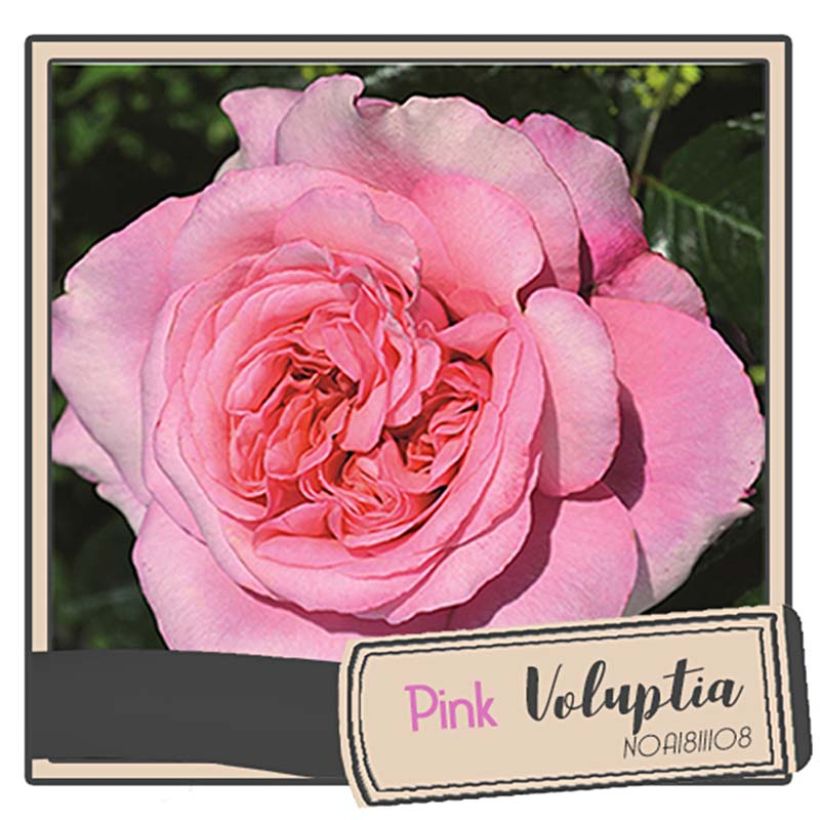

Plant habit
Flowering
Foliage
Botanical data
Rosa
Décorosiers® Pink Voluptia® noa 1811108
Rosaceae
Noa1811108
Cultivar or hybrid
Rosa multiflora (Wrapped bare root)
Other Decorosiers Roses
Planting and care
Decorosier roses prefer a sunny spot sheltered from strong winds and can adapt to most soils. They're water-efficient, heat-tolerant, and thrive in loose, deep, humus-rich soil. Slightly acidic soil is ideal, but it can grow in a well-worked and rich garden. To plant a potted rose, prepare the soil by working it to a depth of 25 cm and adding a base amendment like blood, fish, and bone at the bottom of the planting hole. After removing the plant from its pot, position it, cover the top of the root ball with 3 cm of soil, and fill the hole while watering thoroughly to remove air pockets. Water regularly for a few weeks in dry weather to encourage rooting, and use a special rose fertiliser to stimulate flowering. While pruning isn't necessary, you can clean up old wood and shorten certain branches to 2/3 of their growth at the end of winter.
Roses may develop unsightly spots at the end of summer, but this is a natural occurrence and doesn't harm the rose's growth.
Planting period
Intended location
Care
-
, onOrder confirmed
Reply from on Promesse de fleurs
Roses by producer
Haven't found what you were looking for?
Hardiness is the lowest winter temperature a plant can endure without suffering serious damage or even dying. However, hardiness is affected by location (a sheltered area, such as a patio), protection (winter cover) and soil type (hardiness is improved by well-drained soil).

Photo Sharing Terms & Conditions
In order to encourage gardeners to interact and share their experiences, Promesse de fleurs offers various media enabling content to be uploaded onto its Site - in particular via the ‘Photo sharing’ module.
The User agrees to refrain from:
- Posting any content that is illegal, prejudicial, insulting, racist, inciteful to hatred, revisionist, contrary to public decency, that infringes on privacy or on the privacy rights of third parties, in particular the publicity rights of persons and goods, intellectual property rights, or the right to privacy.
- Submitting content on behalf of a third party;
- Impersonate the identity of a third party and/or publish any personal information about a third party;
In general, the User undertakes to refrain from any unethical behaviour.
All Content (in particular text, comments, files, images, photos, videos, creative works, etc.), which may be subject to property or intellectual property rights, image or other private rights, shall remain the property of the User, subject to the limited rights granted by the terms of the licence granted by Promesse de fleurs as stated below. Users are at liberty to publish or not to publish such Content on the Site, notably via the ‘Photo Sharing’ facility, and accept that this Content shall be made public and freely accessible, notably on the Internet.
Users further acknowledge, undertake to have ,and guarantee that they hold all necessary rights and permissions to publish such material on the Site, in particular with regard to the legislation in force pertaining to any privacy, property, intellectual property, image, or contractual rights, or rights of any other nature. By publishing such Content on the Site, Users acknowledge accepting full liability as publishers of the Content within the meaning of the law, and grant Promesse de fleurs, free of charge, an inclusive, worldwide licence for the said Content for the entire duration of its publication, including all reproduction, representation, up/downloading, displaying, performing, transmission, and storage rights.
Users also grant permission for their name to be linked to the Content and accept that this link may not always be made available.
By engaging in posting material, Users consent to their Content becoming automatically accessible on the Internet, in particular on other sites and/or blogs and/or web pages of the Promesse de fleurs site, including in particular social pages and the Promesse de fleurs catalogue.
Users may secure the removal of entrusted content free of charge by issuing a simple request via our contact form.
The flowering period indicated on our website applies to countries and regions located in USDA zone 8 (France, the United Kingdom, Ireland, the Netherlands, etc.)
It will vary according to where you live:
- In zones 9 to 10 (Italy, Spain, Greece, etc.), flowering will occur about 2 to 4 weeks earlier.
- In zones 6 to 7 (Germany, Poland, Slovenia, and lower mountainous regions), flowering will be delayed by 2 to 3 weeks.
- In zone 5 (Central Europe, Scandinavia), blooming will be delayed by 3 to 5 weeks.
In temperate climates, pruning of spring-flowering shrubs (forsythia, spireas, etc.) should be done just after flowering.
Pruning of summer-flowering shrubs (Indian Lilac, Perovskia, etc.) can be done in winter or spring.
In cold regions as well as with frost-sensitive plants, avoid pruning too early when severe frosts may still occur.
The planting period indicated on our website applies to countries and regions located in USDA zone 8 (France, United Kingdom, Ireland, Netherlands).
It will vary according to where you live:
- In Mediterranean zones (Marseille, Madrid, Milan, etc.), autumn and winter are the best planting periods.
- In continental zones (Strasbourg, Munich, Vienna, etc.), delay planting by 2 to 3 weeks in spring and bring it forward by 2 to 4 weeks in autumn.
- In mountainous regions (the Alps, Pyrenees, Carpathians, etc.), it is best to plant in late spring (May-June) or late summer (August-September).
The harvesting period indicated on our website applies to countries and regions in USDA zone 8 (France, England, Ireland, the Netherlands).
In colder areas (Scandinavia, Poland, Austria...) fruit and vegetable harvests are likely to be delayed by 3-4 weeks.
In warmer areas (Italy, Spain, Greece, etc.), harvesting will probably take place earlier, depending on weather conditions.
The sowing periods indicated on our website apply to countries and regions within USDA Zone 8 (France, UK, Ireland, Netherlands).
In colder areas (Scandinavia, Poland, Austria...), delay any outdoor sowing by 3-4 weeks, or sow under glass.
In warmer climes (Italy, Spain, Greece, etc.), bring outdoor sowing forward by a few weeks.

































